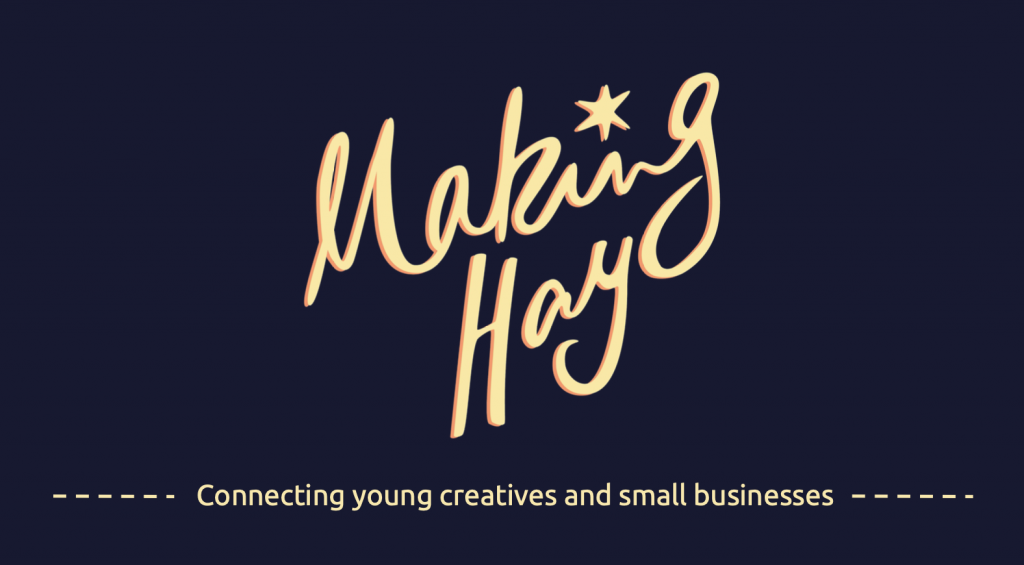I love how I learn so much from every hackathon that I go to.
Side note: This is actually my first real-time blog post. I wrote everything else in retrospect after being inspired by one of the other group’s ideas, Rekindly, which reminded me of the need to be able to reflect on any learnings from events.
I’d been looking for a way to store all of my learnings from life in one place, and starting a blog came to mind. Currently, everything is scattered across notebooks and digital documents, so I will spend some time slowly reconstructing my reflections on past events.
What I learned from my first Startup Weekend
It can be good to brainstorm individually before coming together as a team
The ‘diverge and converge’ strategy for problem brainstorming was quite effective. We brainstormed our idea of the problem individually on sticky notes, before combining them on one sheet of butchers paper.
We grouped the similar ideas and some key ideas quickly emerged. This allowed every member of the team to have a say and discouraged groupthink. With a team of 7, I think this was a more effective strategy than brainstorming together.
Customer validation is not easy — ESPECIALLY IN 48 HOURS.
Even though I’ve learned so much about the lean startup process, sometimes it’s not good enough to know things. You need to find ways to put them into practice.
I got reminded of this when we had to go through the customer validation process and it was bloody hard. We hit walls here and there from the various insights we got from interviews, thinking that we’d disproved our problem statement, but we forgot that we only got a very small sample size!
It’s quite difficult to determine whether or not to continue with the original idea or switch tracks when you only have 48 hours to gather data. We’d exhausted our personal contacts and it was quite difficult to find people we wanted to talk to on a weekend (university students in a creative field).
Since customer validation can be quite challenging during the timeframe of a hackathon, it may be necessary to rely on secondary desktop research to convince the judges of the idea’s potential. Of course, it’s always ideal to have concrete customer interviews to draw on, because it has more credibility in the judges’ eyes.
Large teams require clear Communication to keep everyone on the same page
We had a really big team of SEVEN people (one of the largest teams I’ve been in) and we were all off in different places doing different things. We didn’t consolidate what we’d learned individually in one place, so there might have been many interesting insights that didn’t get communicated to the whole team.
Sometimes a group of us would get together and someone would share something they’d learned, but the team members who weren’t present wouldn’t get to hear this. I’m sure some other conversations went on between team members that I wasn’t privy to either.
In hindsight, we could have agreed to contribute all of our learnings to a shared document that would be constantly updated to ensure that nothing would get lost.
The person who is pitching should be making the pitch deck slides

Since I knew how to design slides well, and due to time constraints, I took on the task of doing our pitch deck. I worked off a draft pitch that the person presenting wrote up, but I put my own interpretation on it.
As a result, when she was rehearsing her pitch with the completed slides, she had to ask me what “market opportunity” meant — in her head, it was something completely different to what I’d envisioned!
Part of it was owing to her not being from a business background. In hindsight, I should have stepped up to do the pitch because I had the presentation and business experience, while the person we’d decided on was a creative student who hadn’t had much presentation experience. But we got too hung up on the fact that only the person who pitched would get to fly to Paris if we won…
The idea: a platform to connect creative students with small businesses

We ended up pitching the idea of a freelancing platform that connected creative students who wanted to get more experience with small businesses who did not mind hiring students on a freelance basis.
We got quite a few students expressing interest in freelancing and some small businesses requesting services, so that went some way to validating our idea. The problem(s) definitely existed. The solution we came up with did address the problem(s). But the key always lies in the execution of the solution, which we hadn’t thought out very well.
Even so, I learned a lot from the process. I got exposed to the world of creative and talented design students, learned how to create simple landing pages using Instapage and hosting them on a domain, and of course, the value of speaking to as many people as possible to figure out what their problems and pain points are!
The Sydney Women Startup Weekend aims to encourage and support women to get into the entrepreneurship space. It is part of the wider network of global events hosted by Techstars.
Check out my other hackathon experiences here.








